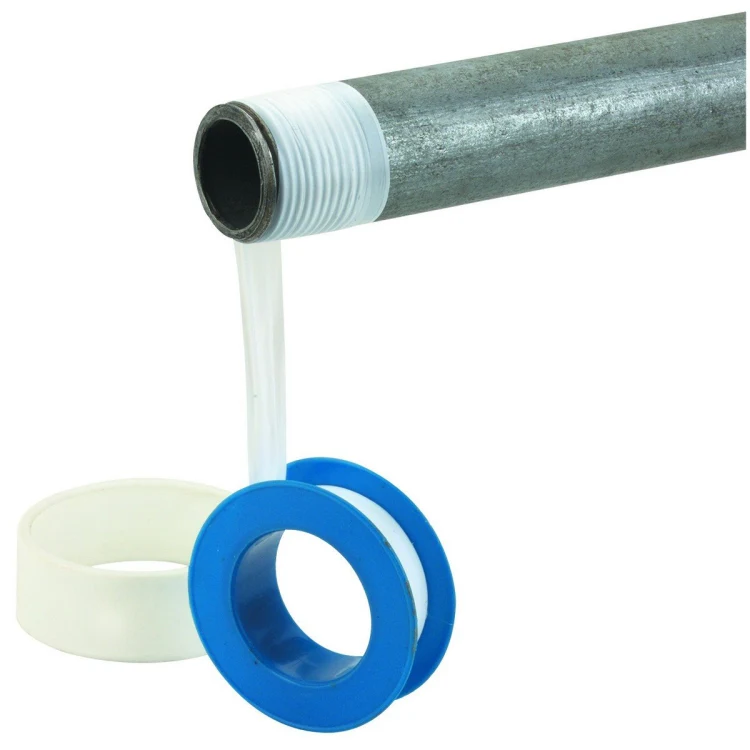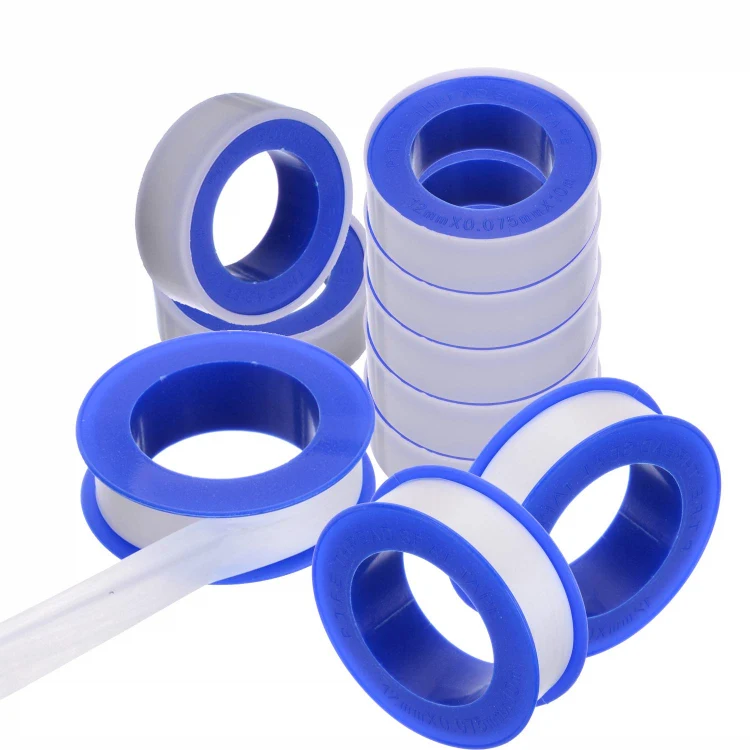Plumbers and various professionals in the gas industry often use Teflon tape. It effectively seals on threads and any pipe connections. It is used in many industries, both at home and for specialized purposes. But what is it exactly? What can it be used for? What types of Teflon tape are there? We will answer these and other questions in the following lines! Keep reading to find out!
What is Teflon tape?
Today, it’s hard to imagine a plumber not using Teflon tape. The tapes are used to seal various types of threads in plumbing, heating and sewage systems of homes. Teflon does not break or deteriorate, unlike its counterparts on the market. When it appeared on the market, it quickly replaced the special adhesives used until then. The product is made of a white polymer containing fluorine, often called Teflon. It is also commonly used in everyday life (e.g. Teflon coated pots). Teflon tape is available in different densities, thicknesses and widths.
What can it be used for?
Teflon is a versatile material and can be used for a variety of purposes. As already mentioned, it is used to seal various types of cylindrical threaded joints. It is used by plumbers, gas workers and fitters. But pipe sealing is not the only area of application. Teflon tape can insulate electrical components from each other. Teflon does not change its properties at very high or low temperatures, and retains its flexibility and stability. It does not react with water, making it ideal for plumbing systems.
Types of Teflon tape
Teflon tapes can vary depending on:
Their size: Teflon tapes are sold in different lengths and widths on the market, with the width taking precedence as it is chosen according to the size of the surface to be applied to;
Maximum pressure: good quality tapes will withstand pressures of 20 to 30 bar;
Resistance: Teflon tape is resistant to chemicals, UV rays, fire and ignition;
Working temperature: always pay attention to the maximum and minimum temperature the product is able to withstand. In general, the material can withstand -328 °F to +500 °F (-200 °C to +260 °C);
How to use Teflon tape?
To begin with, it is extremely important to clean the thread from rust, scale and any dirt. Then, degrease it.
Remember to always apply the tape clockwise to the direction that is facing you. Otherwise, your tape will bunch up, and it’s not going to be able to seal. Start at the top of the thread, holding the tape with your finger to prevent it from peeling, and work your way down. Finish winding when the thread is completely hidden. Press the tape with your hand – as if you had wrapped your palm around the thread. This ensures that the tape fills the threads accurately. If this is not done, there is a risk of high pressure water making its way out. Finally, screw the part by hand. Take a wrench and press the connection down.
You already know how to use Teflon tape, however, we advise you to practice a little bit beforehand!




